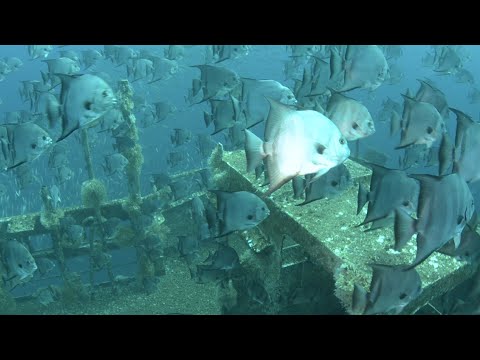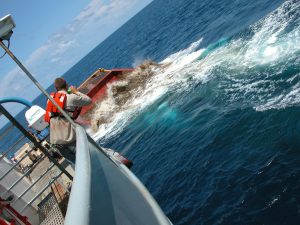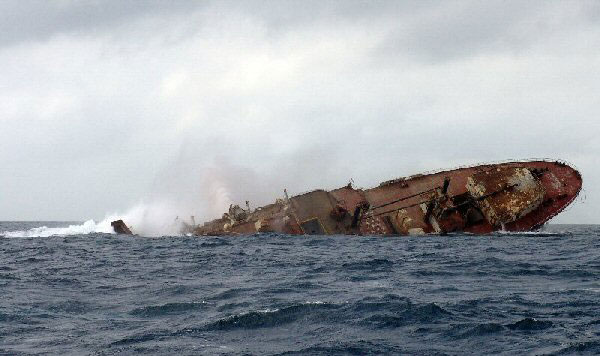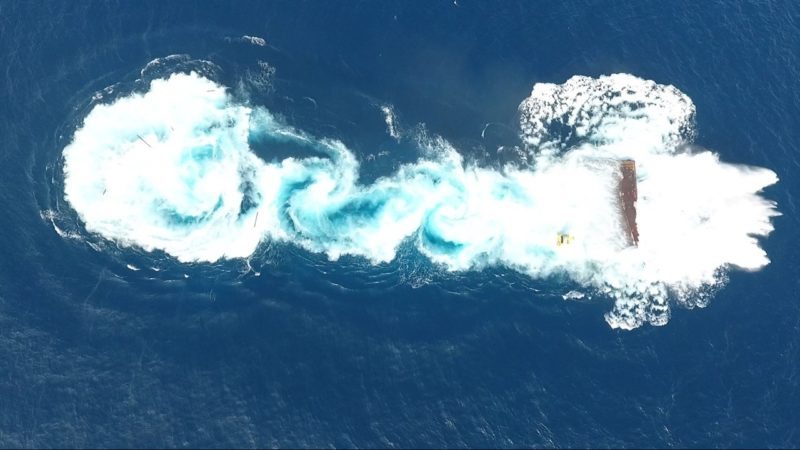TPW TV–The Kraken Revisited
Thursday, September 26th, 2019This is Passport to Texas
Early in 2017, Texas Parks and Wildlife’s Artificial Reef Program created a new underwater oasis for marine life by using a 371-foot cargo ship called The Kraken; sunk about 65 miles off the coast of Galveston.
Seven months after sending the Kraken to the gulf sea floor, biologists returned to investigate what has become one of the state’s largest artificial reefs.
What we’re going to see, we don’t know until we get down there.
Dale Shively oversees the artificial reef program for Texas Parks and Wildlife.
It only takes them a few months to get a significant amount of marine growth. [Chris Ledford] There’s a lot of fish on that ship.
Texas Parks and Wildlife artificial reef specialist Chris Ledford says prior to reefing the Kraken, biologists witnessed a couple of sharks in the area, but no reef species. And now it’s teeming with marine life.
I wasn’t expecting it to proliferate that much, that quickly after sinking. Considering the ship has only been down here for 6 months, it’s got a lot a lot of productivity going on. We’re really happy with the way its progressing. I don’t think it really could have gone any better than what it’s showing up to be. It looks great. It’s really cool.
See the reefing of The Kraken, and the results, on the Texas Parks and Wildlife TV series on PBS the week of October 6. The new season of this award-winning series begins the week of October 13. Check your local listings.
For Texas Parks and Wildlife…I’m Cecilia Nasti.







 Passport to Texas is a
Passport to Texas is a  Passport to Texas is made available by:
Passport to Texas is made available by: